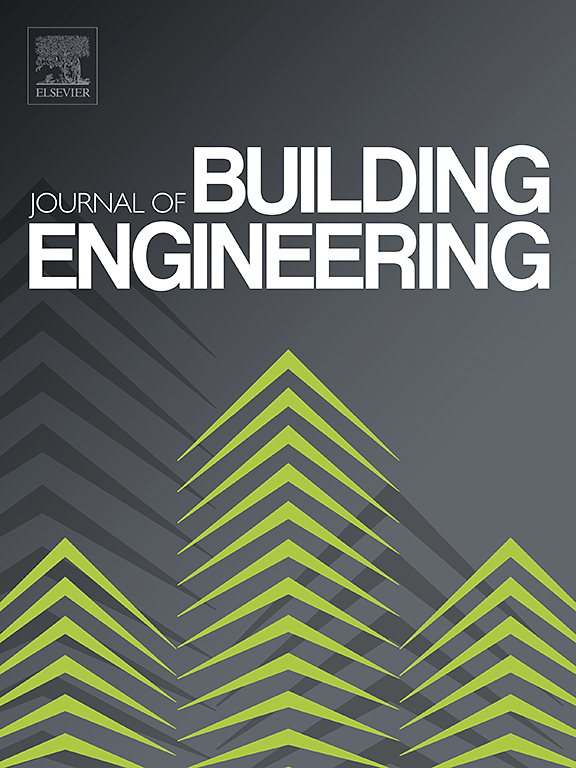Bi-level multi-objective optimization of design and subsidies for standalone hybrid renewable energy systems: A novel approach based on artificial neural network
Abstract
Hybrid renewable energy systems (HRESs) draw considerable research interest because of their potential to reduce fuel consumption and greenhouse gas emissions. These factors limit the utilization of conventional energy systems in remote areas. To establish an equilibrium between the government and residents that achieves the lowest environment impacts and highest economic benefits of standalone HRESs, this study proposes a bi-level multi-objective optimization that simultaneously performs subsidy policy making at the upper level and energy system design at the lower level. A novel artificial neural network-based hybrid algorithm (ABHA) is developed to surrogate the optimization problem at the lower level to transform the bi-level optimization problem into a single level problem, so as to increase the calculation efficiency. The results indicate that (i) ABHA can achieve good accuracy, and significantly save the calculation time when compared with a conventional method. (ii) Under the optimal subsidy policy, most of the energy demands can be satisfied by solar energy in the proposed standalone HRES. (iii) Increasing subsidies would increase the scale of Photovoltaic array and decrease the carbon emission; however, the design and operation of the HRES would not be further impacted if the subsidy goes beyond a certain limit.

 求助内容:
求助内容: 应助结果提醒方式:
应助结果提醒方式:


